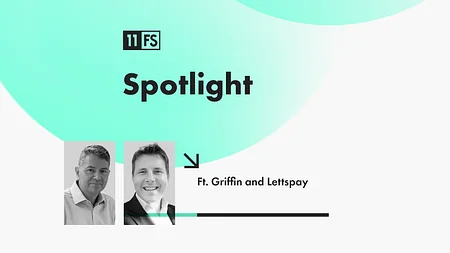Embedded insurance: “We’ve only scratched the surface of what can be achieved”

While the concept of embedded insurance is not new, Hiscox’s Alex Wheal says changes to data sharing mean the opportunities could be boundless.
Most consumers are familiar with embedded insurance, even if they don’t recognise it by that term. Many will have bought a mobile phone, a laptop or even a car that comes with an insurance product tied to it and already costed in – “an insurance product distributed through a non-insurance product”, to perhaps give it a fuller definition. Although embedded insurance has been around for a while it has gained popularity in more recent times.
The benefits for consumers are clear. Embedded insurance is designed to give peace of mind - ensuring they’re automatically covered should something go wrong; it’s convenient - removing the need to source insurance cover themselves; and it’s immediate – meaning they’re covered as soon as they make a purchase.
For insurers, it provides the opportunity to reach new customers with products they expect them to need; and delivers new revenue streams.
...aggregation of data, and accessibility to it, will create far greater opportunities for insurers, consumers and product and service sellers alike.
This form of embedded insurance however, is only scratching the surface of what’s possible as technology continues to advance and we move towards Open Finance. That’s because the aggregation of data, and accessibility to it, will create far greater opportunities for insurers, consumers and product and service sellers alike.
In an ideal world, access to an individual’s or a business’ data would allow insurers to automatically offer them the insurance products they need – at the exact moment they need them, based on their own specific circumstances, and on a platform they already access regularly. Imagine if those products could automatically flex and change according to a shift in that individual or business’s circumstances. You can see how over time embedded insurance can become an insurance management tool in addition to a distribution one – advancement like this has the potential to drive greater trust in the industry by providing customers peace of mind and convenience.
That vision is something insurers are already taking the first steps towards through digital partnerships, like Hiscox has done with FreeAgent, a cloud accounting software used by businesses to manage their finances. Through these types of partnerships, insurers can offer products and insights which they know relate to the activities of users. As embedded insurance develops, insurers and partners will increasingly get better at analysing users’ data to personalise their experience. For example, if the data reveals that a self-employed user suddenly starts paying a salary to a member of staff, they should be made aware of the legal requirement to have Employers Liability insurance, and be offered the option to easily add the cover. Or, for example, adding or adjusting a client’s level of cover based on data showing they’ve reached a certain level of activity or turnover.
The potential is to deliver an automated assessment of the relevant products a customer might need at any specific moment...
This is much more than serving up a list of potentially relevant insurance products. The potential is to deliver an automated assessment of the relevant products a customer might need at any specific moment, algorithmically selected and automatically served via notifications from a trusted platform.
The enhanced opportunities embedded insurance provides gives clear and obvious benefits for insurers. In addition to accessing new customers and revenue streams, it can potentially reduce the cost of servicing customers, while making the process seamless and convenient should increase renewal retention and customer loyalty. Embedded Insurance offers insurers the opportunity to interact with customers in an environment they already trust, further aiding engagement.
This seamless user experience also enables partners to utilise more frequent touch-points to reach out to their customers, build their brand and earn additional revenue.
For consumers, it’s about far more than just convenience. It allows them to manage more of their business affairs in a single place, on a single platform – and a trusted one at that. It can remove some of the manual work needed to review and action renewals and also help ensure they have the appropriate cover at all times – avoiding any protection gaps.
There are, of course, challenges to overcome as we move towards truly embedded insurance ‘as a service’. The exact extent to which platforms like FreeAgent, and their users, will be willing to engage with insurance providers remains to be seen, and the slow pace at which the insurance industry evolves might hinder these developments. We will need to make sure that the technology can support the algorithms and data analysis required as we move towards increasingly tailored products, and help catalyse change. There will also be regulatory and compliance requirements that need to be considered too - it’s important the industry utilises the data in the right way, to personalise products and make the customer journey easier while avoiding the risk of miss-selling a product that may not meet the customer’s needs in the event of a claim.
What is clear, however, is that as consumers and businesses increasingly look for convenience and trusted providers. Embedded insurance could give us the ability to harness data in a way that could be monumental for the industry, making insurance more tailored, more seamless and easier to manage than ever before – with benefits for all involved.



